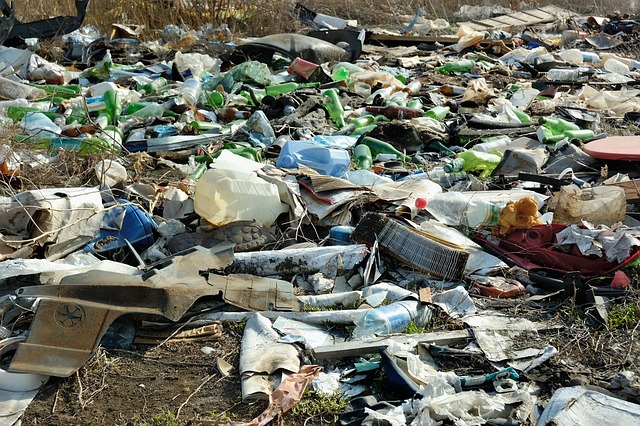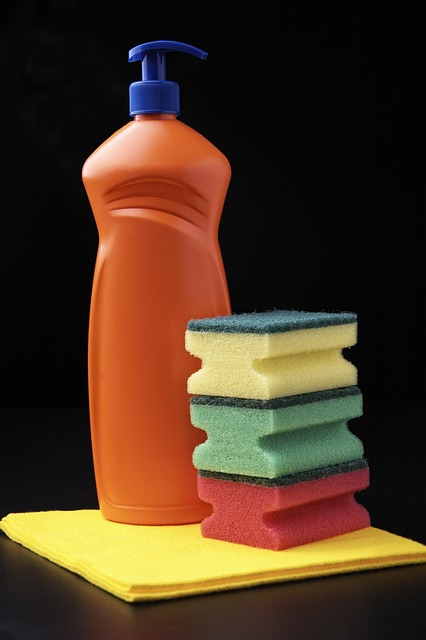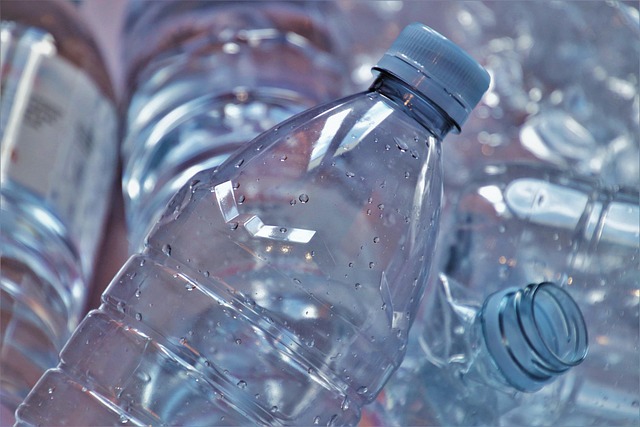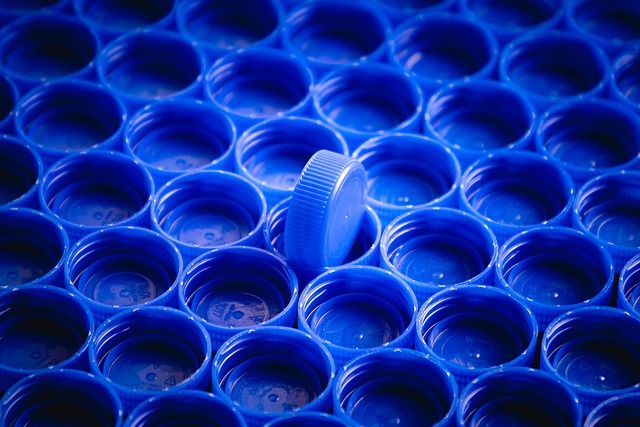Chinese researchers have announced a new technique that allows rubber and plastic to be manufactured directly from a blend of hydrogen and carbon monoxide, offering a potential shift away from the industry’s heavy dependence on fossil fuels.
++ The peregrine falcon: nature’s fastest killer in the sky
Olefins – the essential chemical components used to create many plastics and rubbers – are traditionally produced from petroleum, significantly contributing to the sector’s carbon emissions. Although alternatives exist, such as generating olefins from syngas (a mixture of hydrogen and carbon monoxide derived from decomposing organic material), these methods have historically been far less efficient.
The latest study, however, outlines a breakthrough process that uses syngas sourced from coal, biomass or natural gas, and dramatically improves its conversion into olefins. Researchers found that an iron-based catalyst increased the efficiency of olefin production from syngas by nearly 50 per cent compared with the best previous techniques.
To evaluate their results, scientists measured something known as Hydrogen Atom Economy (HAE), which reflects how effectively hydrogen atoms in a reaction are converted into the final product. Higher values indicate greater efficiency and less waste.
Earlier attempts to produce olefins from syngas struggled with low HAE because the reaction often generated water as a by-product. This removed hydrogen that could have formed additional olefins, limiting the yield.
The new catalyst not only speeds up the reaction but also converts the water produced back into usable hydrogen, feeding it into the main reaction pathway. This both reduces wastage and cuts the need for additional hydrogen supplies. In their paper, published in Science, the researchers described the work as “a significant advance in improving hydrogen atom economy in syngas conversion”.
++ Power and finesse: the monkey that bites like a jaguar
Further experiments showed that a sodium-modified iron-shell nanoparticle catalyst kept the process stable for 500 hours while reducing waste generation per unit of product by 46 per cent. Overall, the method was shown to lower steam consumption, reduce wastewater output and cut carbon dioxide emissions – offering a more sustainable route for producing rubber and plastics using lower hydrogen-to-carbon monoxide ratios. Scientists said the findings could pave the way for a cleaner industrial process that reduces reliance on petroleum-based raw materials while curbing environmental impact.





